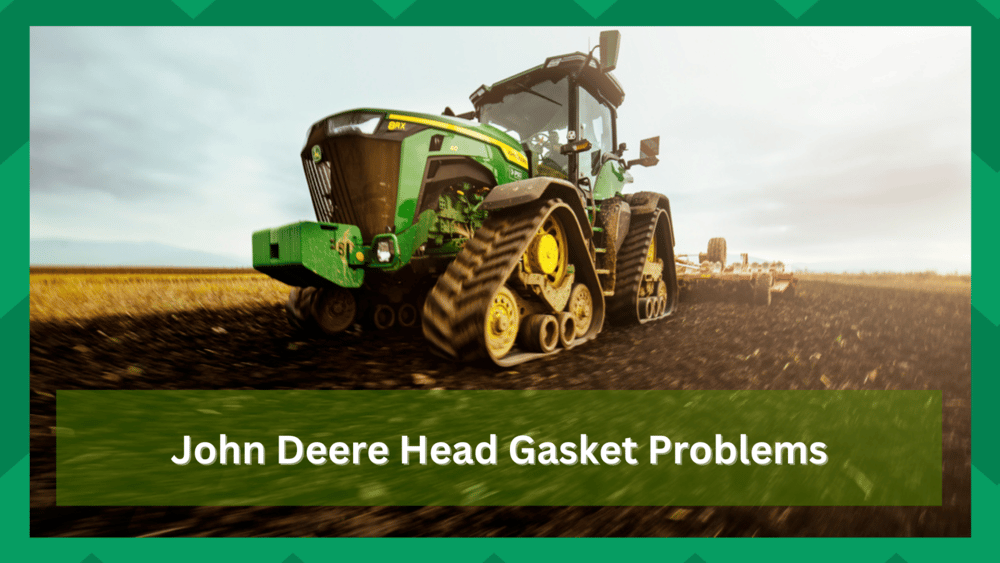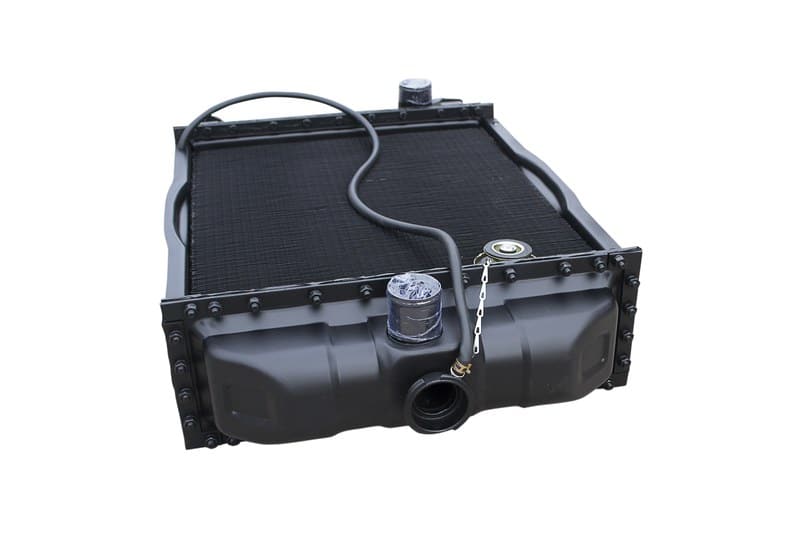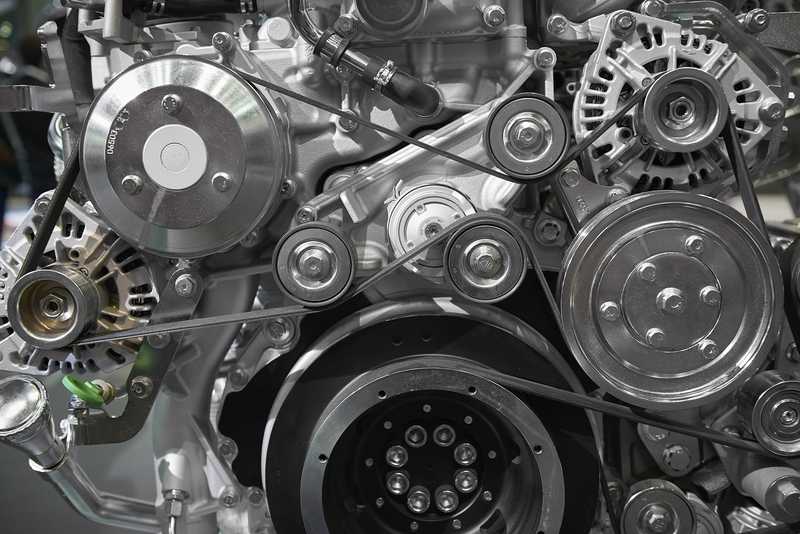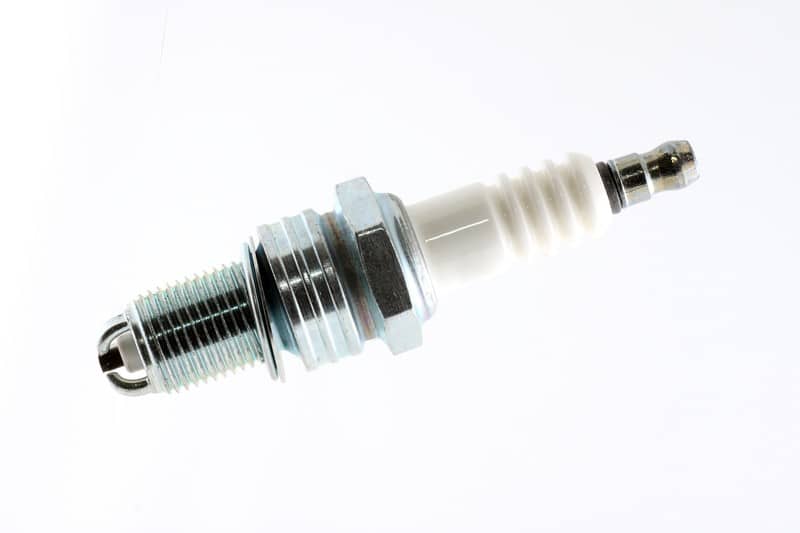
John Deere is a popular company for providing equipment used in farming and gardening. They offer rental services even if you are not looking to buy something expensive.
Whether you are looking for a tractor or heavy equipment used in construction, John Deere offers solutions.
On the other hand, the head gasket is an important material used in tractors and such equipment. The Head gasket helps the combustion chamber be able to seal the engine. This gives power that is used by the vehicle to move forward.
John Deere Head Gasket Problems
As mentioned above, a tractor’s head gasket is an essential element.
Hence, having head gasket problems can lead to you facing all kinds of issues. It can make your tractor not accelerate properly. A faulty, missing, or broken head gasket could lead to a radiator or other issues.
Using this article, we will mention some of the most common problems faced by a John Deere head gasket.
We will also be explaining how you can solve the problem for good. If you want to find out, make sure to stay with us!
All the Common Problems with a Head Gasket
Here are some of the most common issues with a Head Gasket:
- Radiator constantly requiring coolant or water top-up
- The engine is running hotter than usual
- Exhaust fume building up in the form of cloud
- Exhaust giving off white smoke
- Coolant leakage (below the head gasket)
- Oil changing its form
- Formation of bubbles inside the radiator
All of these are signs that you may have a blown-out head gasket.
If you are experiencing any of the problems mentioned above, you should most definitely start acting before any severe damage.
Radiator constantly requiring coolant or water top-up.
One of the most common problems associated with John Deere head gaskets is that they can start to leak.
Leaks in the head gasket can cause coolant or water to escape from the engine, leading to your radiator needing a top-up. This could be due to misalignment between the cylinder heads and block or a failing head gasket that needs to be replaced.
Also, the lack of coolant or water can cause your engine to overheat and eventually fail if not addressed. Replacing a head gasket is relatively easy, but it requires some mechanical skill and knowledge to achieve proper alignment for the cylinder heads and block.
This can be done at a John Deere service center or by an experienced mechanic.
Having the head gasket replaced as soon as possible is vital because continued overheating of the engine can cause further damage and compromise its performance.
It is recommended to replace your radiator fluid when replacing or repairing a head gasket to ensure that all parts operate efficiently.
It is also recommended to regularly check your head gasket for leaks and replace it as soon as possible if any are detected. Taking proper care of your engine will help prolong its life and keep running smoothly.
The engine is running hotter than usual.
Various issues, such as coolant leakage, a cracked head gasket, or a weak seal between the cylinder head and engine block can cause this.
If too much heat is created in the combustion chamber, the head gasket can weaken, causing coolant to leak out. In some cases, a loose bolt or cracked cylinder head can also cause a leak.
If left unrepaired, this kind of engine problem can lead to serious damage to other components such as bearings and pistons. To prevent further damage, head gasket issues must be diagnosed and repaired quickly.
During the repair process, checking for any dirt or debris blocking coolant passages is important, as this can cause overheating problems.
If all else fails, replacing the head gasket with a new one should solve the issue. With proper maintenance and periodic inspections, John Deere head gasket problems can easily be avoided.
Exhaust fume building up in the form of cloud
John Deere head gasket problems are common due to the high temperature and pressure levels at which engines must operate to provide efficient power.
When a head gasket begins to fail, exhaust gases can leak past the seal created between the cylinder head and block, leading to excessive heat build-up inside the engine.
This can cause several problems, including a decrease in engine power and the potential for more serious issues such as warped heads and cracked blocks.
A head gasket failure can also lead to an increase in oil consumption and the accumulation of carbon deposits within the engine, which can cause knocking and other symptoms of poor performance.
Furthermore, when a head gasket fails, it can cause a cloud of burning exhaust fumes around the engine. This smoke can be both dangerous and damaging to other parts of the engine and the surrounding environment.
If you suspect that your John Deere head gasket may have failed, it is important to get your vehicle inspected and serviced immediately to prevent further damage.
The cost of replacing a head gasket can vary depending on the type and size of engine, but it is generally more expensive than other repair jobs.
However, it is important to remember that this cost will be far less than the consequences of driving with a faulty head gasket.
By keeping an eye out for common signs of head gasket failure, you can ensure the longevity of your John Deere engine and avoid costly repairs in the future.
In addition to inspecting the head gasket for signs of damage, it is also important to inspect other parts of the engine that may be affected by a head gasket failure. This includes the spark plugs, wires, and distributer caps for wear.
It is also important to check the oil level, since a head gasket failure can increase oil consumption. By ensuring that your engine is running at its best, you can avoid any major issues occurring due to a faulty head gasket.
By understanding the common signs of head gasket failure, you can ensure that your John Deere engine is running efficiently and avoid costly repairs in the future.
Taking proper care of your engine can help to extend its life and keep it running at its peak performance level.
Coolant leakage (below the head gasket)
Coolant leakage below the head gasket can be a common issue in John Deere tractors. If the coolant is leaking, it may indicate that there is a problem with the head gasket itself or with one of the components surrounding it.
The head gasket seals off the combustion chamber and connects to several parts including the cylinder head, block, and oil pan.
If one of these components is damaged or worn, the head gasket may not be able to keep a seal on the coolant and it will leak out from below. Additionally, over time the head gasket may become brittle or hardened due to age, leading to leaks.
In some cases, a coolant leak may not be easily visible and can require a pressure test to determine the source of the leak.
If an engine is overheating or losing coolant quickly, this could indicate an issue with the head gasket or one of its components. In these cases, it is best to have a certified mechanic inspect the engine and accurately diagnose the problem.
To prevent head gasket problems, it is important to perform regular inspections and maintenance on John Deere tractors.
This includes checking for any signs of coolant leakage or other damage and changing out the oil regularly to ensure that all components are properly lubricated.
It is important to ensure the engine is in good condition and running efficiently. Ignoring any issues or deferring maintenance can increase the risk of head gasket failure and coolant leakage, which can be costly.
Fixing Blown Out Head Gasket
Unfortunately, there isn’t a way of fixing a completely blown-out head gasket apart from directly replacing it.
Many users complained about getting a tractor that came with a blown-out head gasket. The same could be the case for you.
Anyhow, there is one other thing to keep in mind. If the problem seems to persist, there could be something that is causing the head gasket to blow.
Most usually, head bolts are the culprit. Although this is rare, if your head bolts are stretched out, they will make your head gasket blow out. This is why just in case, we recommend you also get your head bolters checked before finally replacing the head gasket.
The Bottom Line
This article explains everything you need to know about John Deere’s head gasket problems and how you can fix the issue. We highly suggest reading the article thoroughly, which should help determine whether you have a head gasket problem.




